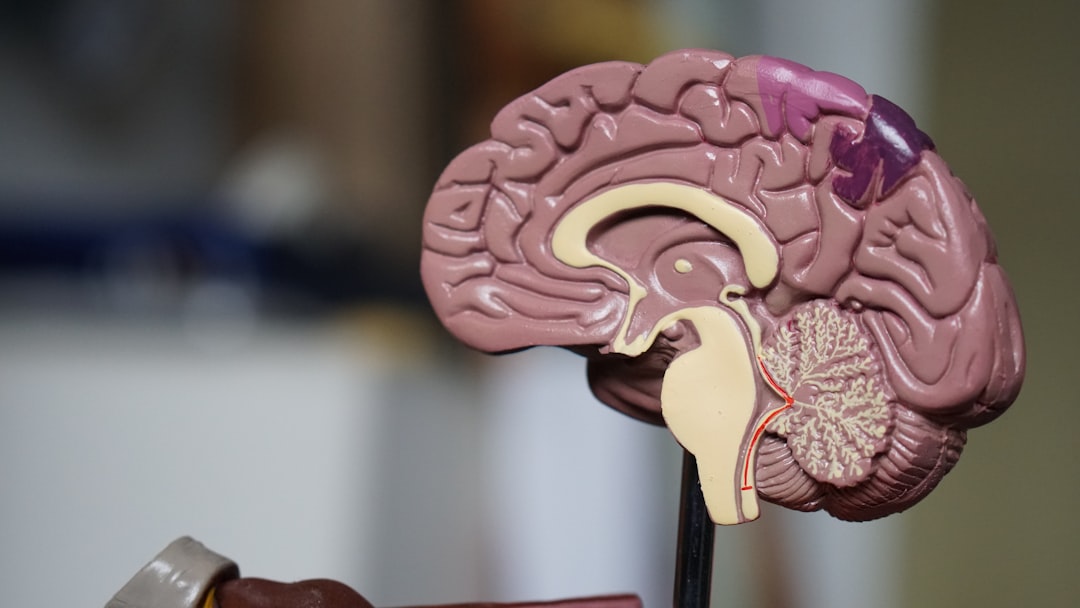What is it about?
Contrast-enhanced ultrasound (CEUS) is useful for the differential diagnosis of a gallbladder tumor between malignancy and benignancy. However, its usefulness is doubtful in diagnosing the invasion depth of gallbladder carcinoma (GBC). In contrast, a comparative analysis between ultrasound and pathology is essential in diagnosing GBC, including invasion depth of carcinoma.
Featured Image

Photo by Hans Veth on Unsplash
Why is it important?
Hunt et al. present a polypoid T2 GBC and insist the GBC was definitely diagnosed utilizing CEUS. However, whether a deep hypoechoic area is present in the sonographic images is obscure. Then, unfortunately, they do neither disclose the loupe view of the case nor contrast-enhanced ultrasound criteria for T2 GBC. Generally, histopathology reveals a polypoid T2 GBC consisting of a superficial well-differentiated adenocarcinoma and a deep, moderately to poorly differentiated adenocarcinoma invading subserosa accompanied by abundant fibrosis and lymphocytic infiltration. In addition, ultrasound and pathological correlation show that a superficial hyperechoic part coincides with a papillary adenocarcinoma and a deep hypoechoic area represents an adenocarcinoma invading subserosa accompanied by abundant fibrosis and lymphocytic infiltration, except in scarce circumstances.
Perspectives
Contrast-enhanced ultrasound (CEUS) is useful for the differential diagnosis of a gallbladder tumor between malignancy and benignancy. However, contrast-enhanced ultrasound criteria for T2 GBC are unknown. In contrast, a comparative analysis between ultrasound and pathology is essential in diagnosing GBC, including invasion depth of carcinoma.
Ph.D., M.D. Taketoshi Fujimoto
Iida Hospital
Read the Original
This page is a summary of: Letter to the Editor: The Effectiveness of Identifying Primary Gallbladder Adenocarcinoma Utilizing Contrast-Enhanced Ultrasound: A Case Report– By Hunt, Journal of Diagnostic Medical Sonography, January 2023, SAGE Publications,
DOI: 10.1177/87564793221147053.
You can read the full text:
Contributors
The following have contributed to this page










